
Route Map for Part 3:
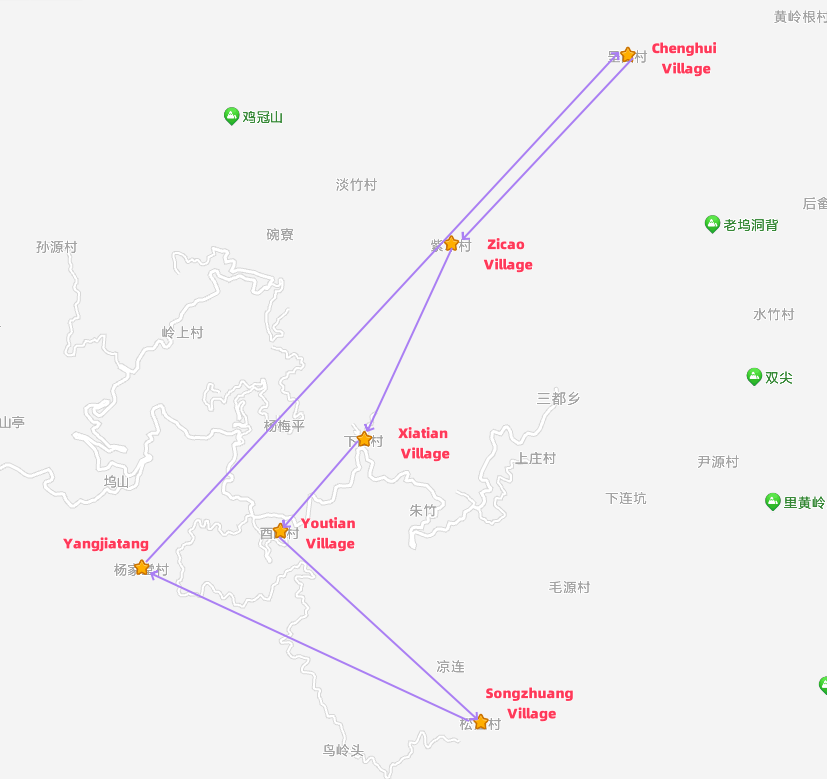
October 30th, Yangjiatang - Chenghui Village - Zicao Village - Xiatian Village - Youtian Village - Songzhuang Village
Since we arrived near dusk yesterday, we didn't have a chance to fully experience the rumored beauty of Yangjiatang. So, we got up very early to explore the legendary charm of Yangjiatang. Located in Sandu Town, Songyang County, Zhejiang Province, Yangjiatang Village is a traditionally picturesque and historically rich village. The village was established around 1655 and now has a population of over 300, the majority of whom have the surname Song. The overall layout and architectural style of Yangjiatang Village are well-preserved, with a clever selection and arrangement of the site. The traditional village is built against the mountain, with a lively and varied topography. At the entrance of the village, there are two ancient camphor trees over 1200 years old, endearingly referred to by the locals as the "Husband and Wife Trees." More than 20 earth-and-wood structured buildings from the Qing Dynasty are built along the mountain, situated on a slope with a vertical difference of about 2 to 3 meters between the upper and lower houses, stretching over 200 meters in height. The horse-head walls are neatly arranged and continuous, making it a typical terraced traditional village in Songyang County, earning it the nickname "The Potala Palace of Jiangnan."

The school has been closed, and the children have followed their parents to study in the county. As a result, there are few young people in the village. The sanitation and daily maintenance are carried out by the remaining villagers, and the village committee provides appropriate compensation for the work, as the village is a popular tourist destination with decent income.
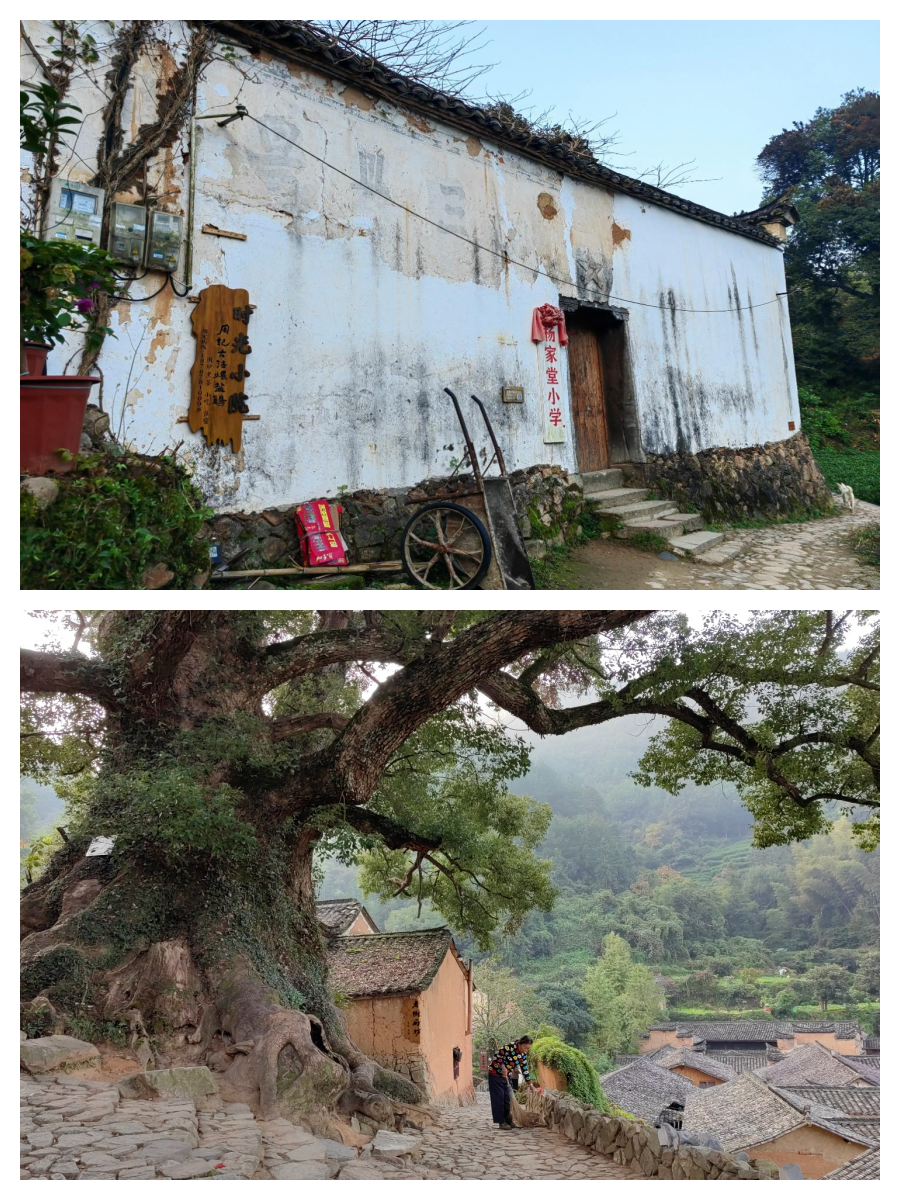
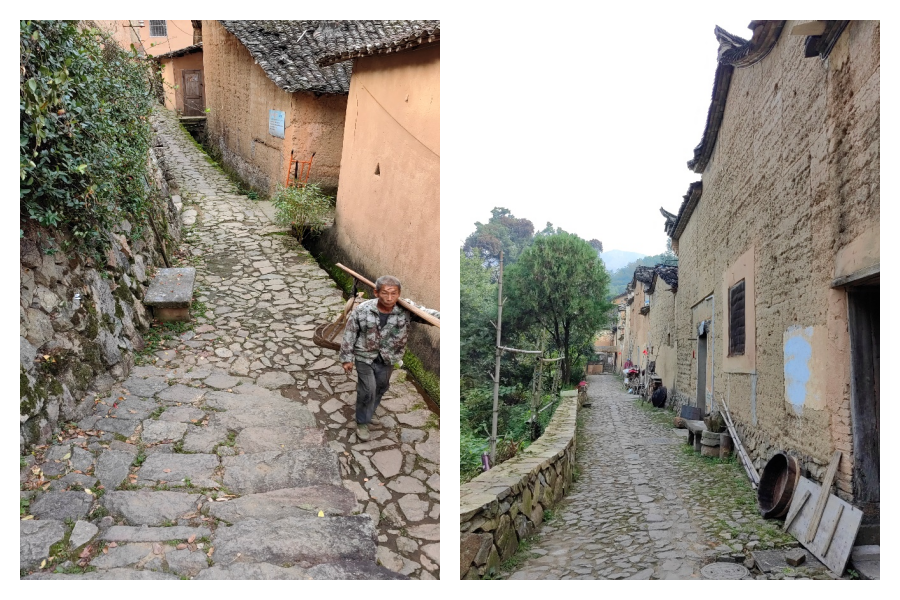
We then drove to Chenghui Village. This village is not a popular online spot, and when I inquired about it with some people from Yangjiatang, they had never heard of it. I began to wonder where I had found the name of this village, only knowing that it was very remote and ancient. The navigation showed it would take an hour to get there, but as the hour passed and the road became narrower with more fallen branches and leaves on both sides, and the navigation still indicated a winding road ahead, I thought, yes, this must be the ancient and simple village we were looking for.
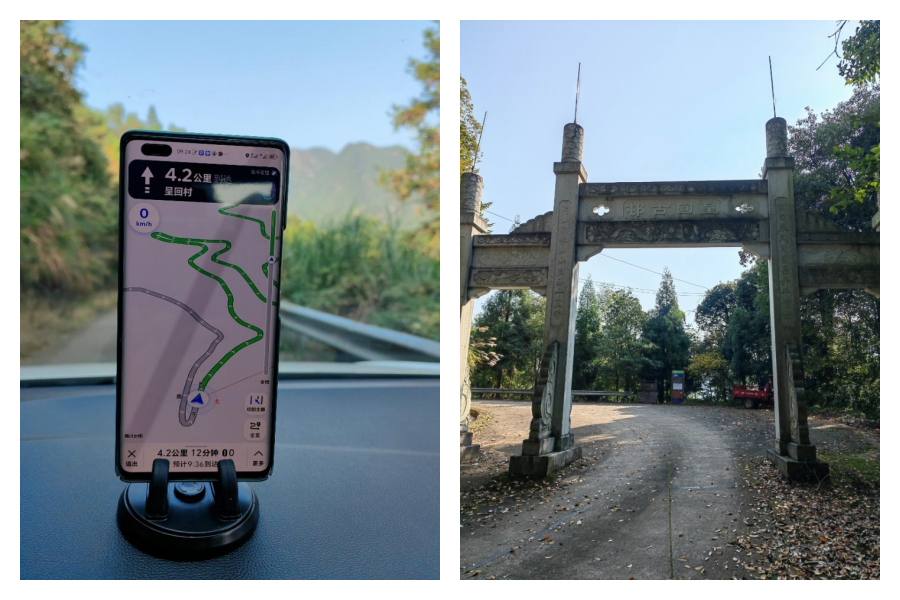
Chenghui Ancient Village was originally established during the Hongwu period of the Ming Dynasty. The entire village is built against the mountain, facing north to south, on a hill about 650 meters above sea level. Surrounded by mountains and layers of peaks, it seems like a secluded paradise away from the world. The village is named Chenghui due to its enchanting scenery of surrounding mountains and waters. Within Chenghui Ancient Village, there is an east-west oriented stone slab road that runs through the entire village. According to ancient Feng Shui theories, this road resembles a jade belt, signifying an excellent Feng Shui layout. The majority of the villagers here primarily have the surname Tang, and they are descendants of the Southern Song Dynasty politician Tang Si-tui. At its peak, the village had one hundred and eighty-eight households with nearly five hundred people. However, with the passage of time, many young people chose to leave the village to develop in the cities. Now, only about thirty elderly residents remain, and many houses have fallen into disrepair, showing a somewhat desolate appearance. Despite this, Chenghui Ancient Village still maintains its simple folk customs and unique cultural traditions. The natural scenery of the mountains and waters, the simple architecture, the honest local customs, and the rich cultural heritage all make us linger and forget to return.
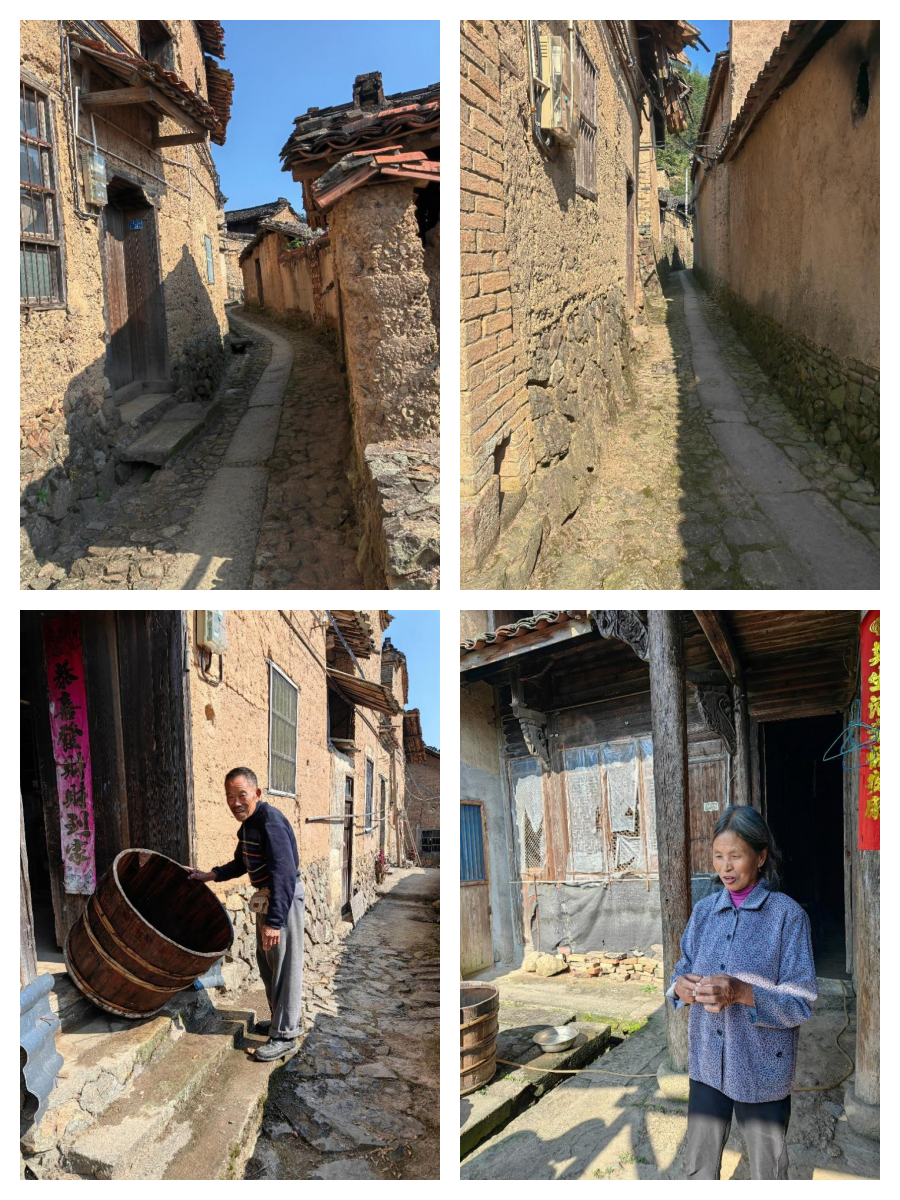
After chatting with the elderly villagers for a while, they mentioned that the village has fallen into such disrepair, and the young people are unwilling to return. The next generation needs to go to school, but there is no school in the village; they have to go to the county. It's imaginable that even a well-off village like Yangjiatang no longer has a school, let alone the village like Chenghui that has entered its twilight years. However, their basic living needs are met; they are self-sufficient and can afford meat, as vendors selling vegetables and meat come around in the afternoons, though not every day. But this situation is relatively ideal, considering the inconvenient transportation. If they want to go to the town or the county, aside from being picked up by their children who live outside the village, they have to wait for the rural bus that comes to the village on the first and sixth days of the lunar month. The elderly said, "But at least we can get out, at least there's transportation, and at least we can eat meat, which is much better than the famine years." The old man had a mobile phone attached to his waist, provided by his children at home for emergencies. After our conversation, I was left with many feelings. It's hard to imagine that in a prosperous province like Zhejiang, and even in the mountains of a county famous for tourism, there are still such villages hidden away.
With a deeply complex array of emotions, we left Chenghui.
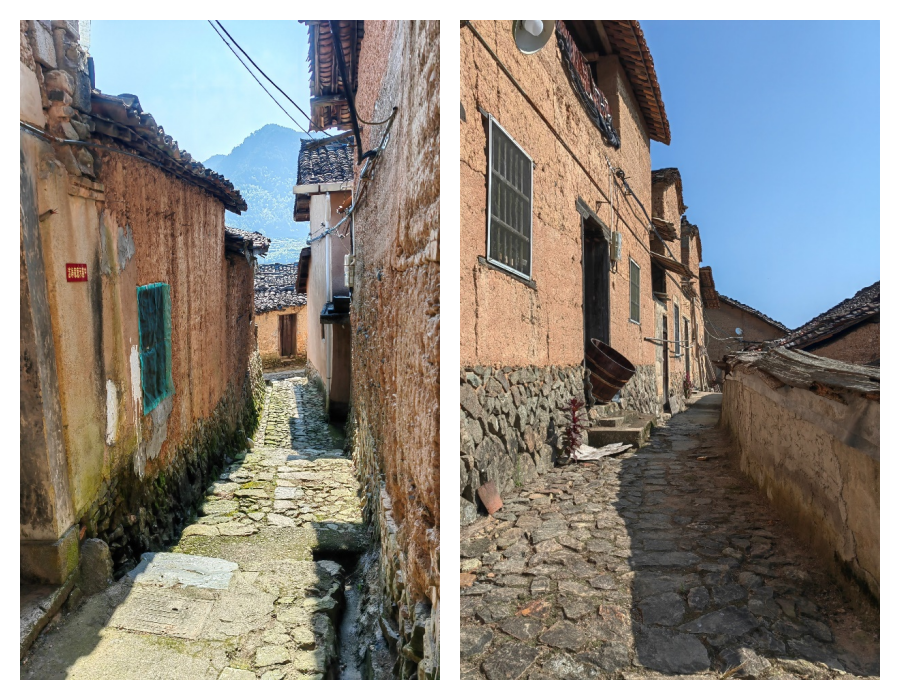
On our way to Youtian Village, we came across a village called Zicao Village by the roadside, and since it was still early, we decided to take a detour. This is the advantage of exploring by car on our own; We are not bound by fixed routes and can make adjustments according to the actual situation at any time.
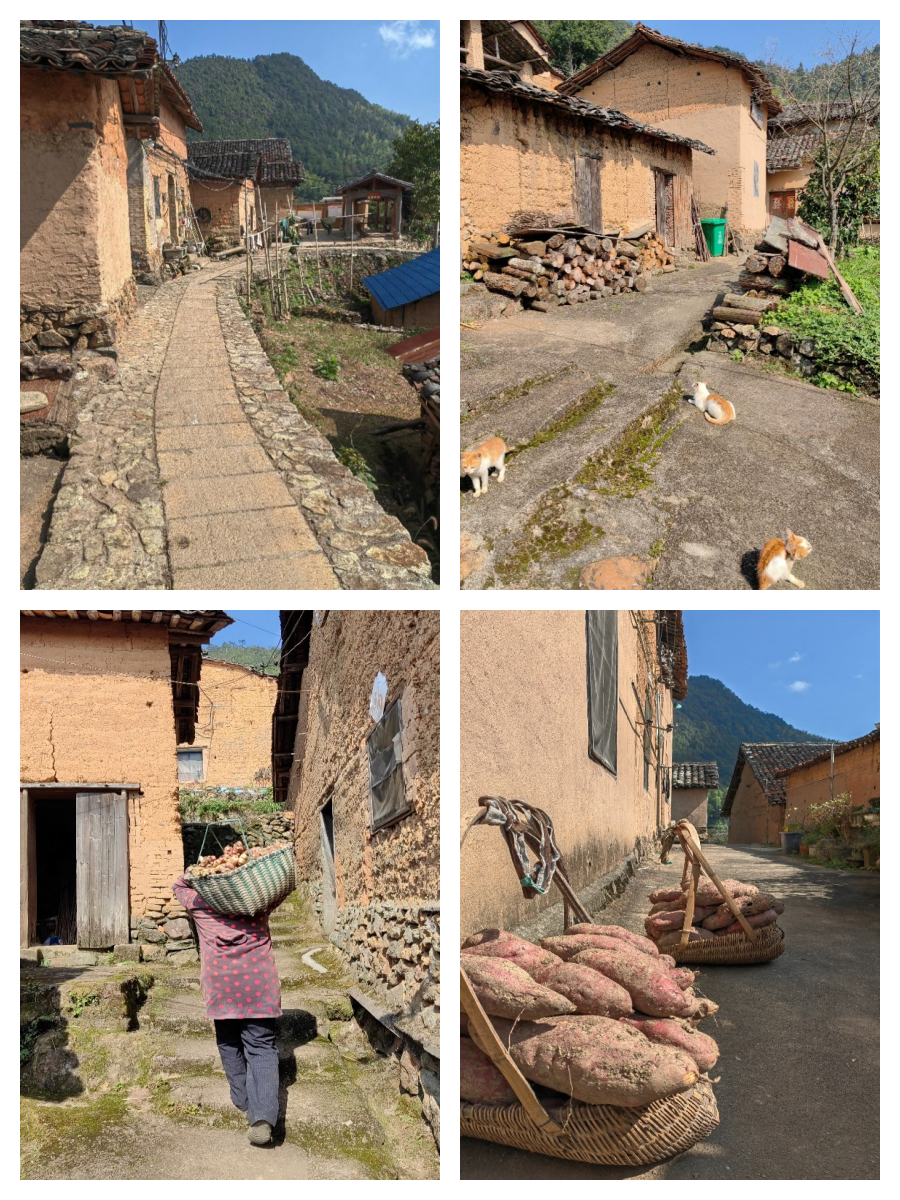
Zicao Village, a place named after the Lithospermum, has a history that dates back to before the Yuan Dynasty. The lithospermum here is a magical plant with the effects of cooling blood, promoting blood circulation, detoxifying, and promoting the eruption of rashes. In those tumultuous times of war, the people of Zicao Village survived one difficult day after another by relying on lithospermum. This ordinary yet beautiful plant was once the hope for the villagers' survival but has also disappeared from this land over the course of history. The traditional architecture in the village is well-preserved, with ancient paths, wells, and ponds still intact, maintaining the complete "mountains-waters-village" pattern and a harmonious coexistence with the surrounding environment.
Today, we encountered many unexpected delights and passed by the beautiful Xiatian Village. Nestled in the tranquility of Sandu Town, Xiatian Village is like a beautiful painting hidden deep within the mountains. Surrounded by rolling hills, the lush bamboo groves sway gently in the breeze, as if whispering the village's thousand-year history and the vicissitudes of life. The architectural style here is unique, with ancient wooden structures, yellow rammed-earth walls, and black tiles complementing each other, presenting a distinct aesthetic appeal. The village is small, and we only stayed for 20 minutes.

A few minutes later, we arrived at the anticipated picturesque village, Youtian Village. Perched on a hillside in Sandu Town, Youtian Village was once known as "Oil Field" due to its high altitude and scarcity of water resources, and later renamed "Youtian." Passing through the village gate feels like traveling through time and space back to ancient times. The houses in the village are made of a mixture of yellow mud and straw, with the texture of the straw clearly visible on the walls. Walking along the stone paths, you can see that the dwellings are built against the mountain, stacked and scattered in an orderly fashion. Although these ancient houses are simple, each exudes a strong sense of history. The rammed-earth walls, blue bricks, and wooden doors and windows, with weeds growing between the houses, present a more authentic living atmosphere compared to many commercial towns in Jiangnan, showing the most genuine appearance of times past.
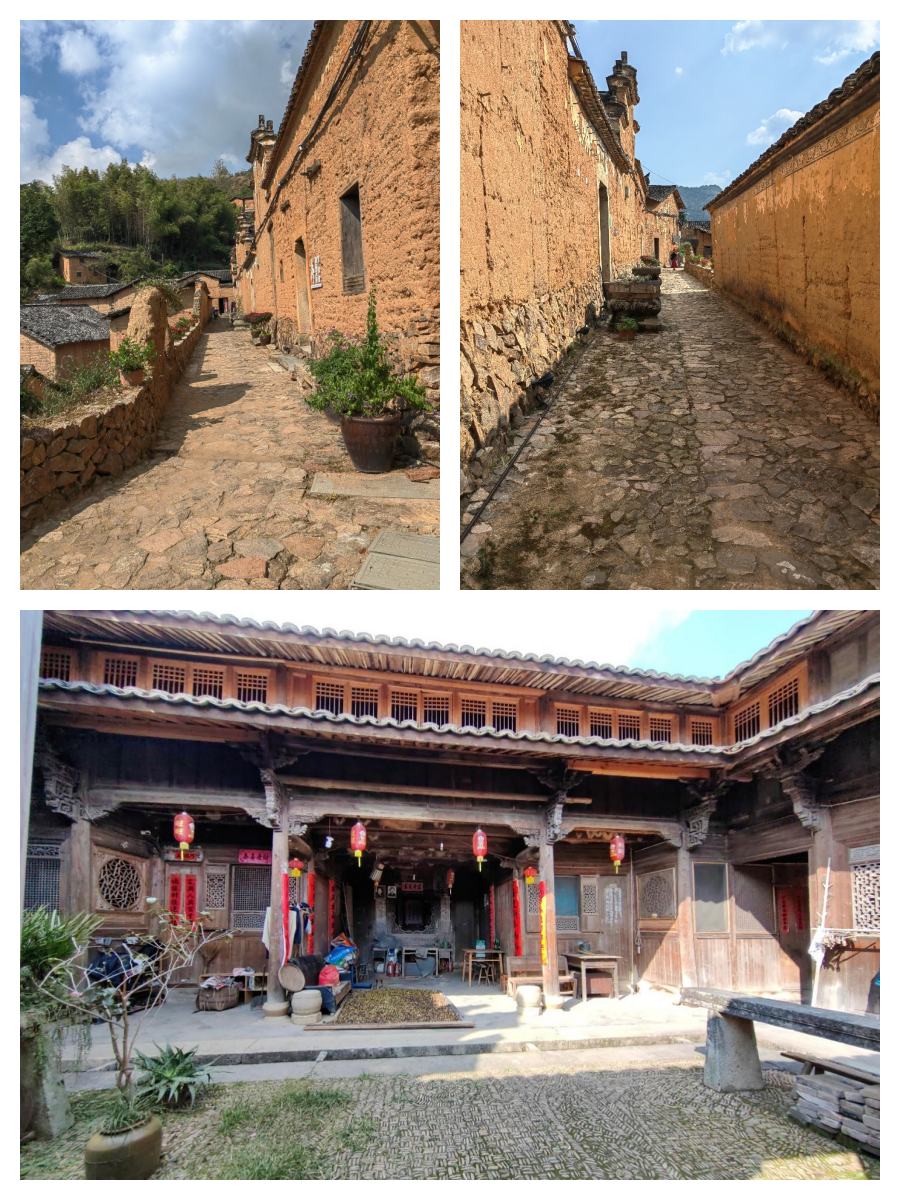
After leaving Youtian Village, we headed to the village we were most looking forward to today - Songzhuang Village. Why the anticipation? Because before setting off, I was captivated by a representative image of Songzhuang Village online, featuring a stone arch bridge, a small stream, and a backdrop of lush green mountains. That kind of beauty, I thought, could only be experienced personally. Having done ample research, many people say the road to Songzhuang Village is quite treacherous, with narrow mountain paths, many bends, difficult passing points, and a winding uphill climb. To be honest, I was a bit nervous as a female driver. But once I actually drove on this road, I found the conditions were not as difficult as rumored online. On the contrary, I felt that as long as I didn't speed, there would be no major issues. Perhaps it was also because we went on a weekday afternoon.

Songzhuang Village is ingeniously nestled among the verdant peaks. The village is traversed by a babbling brook, with residential houses featuring mud walls and blue tiles built along its banks, creating a quintessential Jiangnan scene of small bridges, flowing water, and homesteads. With a history spanning over 520 years, the village boasts a rich array of ancient architectural styles and a significant number of structures, all of which have been meticulously preserved by the local villagers, maintaining their original appearance and internal structure. Surrounded by green mountains and clear waters, with the curling smoke from cooking fires, the entire village is encircled by the clear stream, filled with the sounds of insects and birds, and the hustle and bustle of rural life. The idyllic scenes depicted by the poet Tao Yuanming in his writings of a paradise on earth are vividly embodied in this beautiful village.
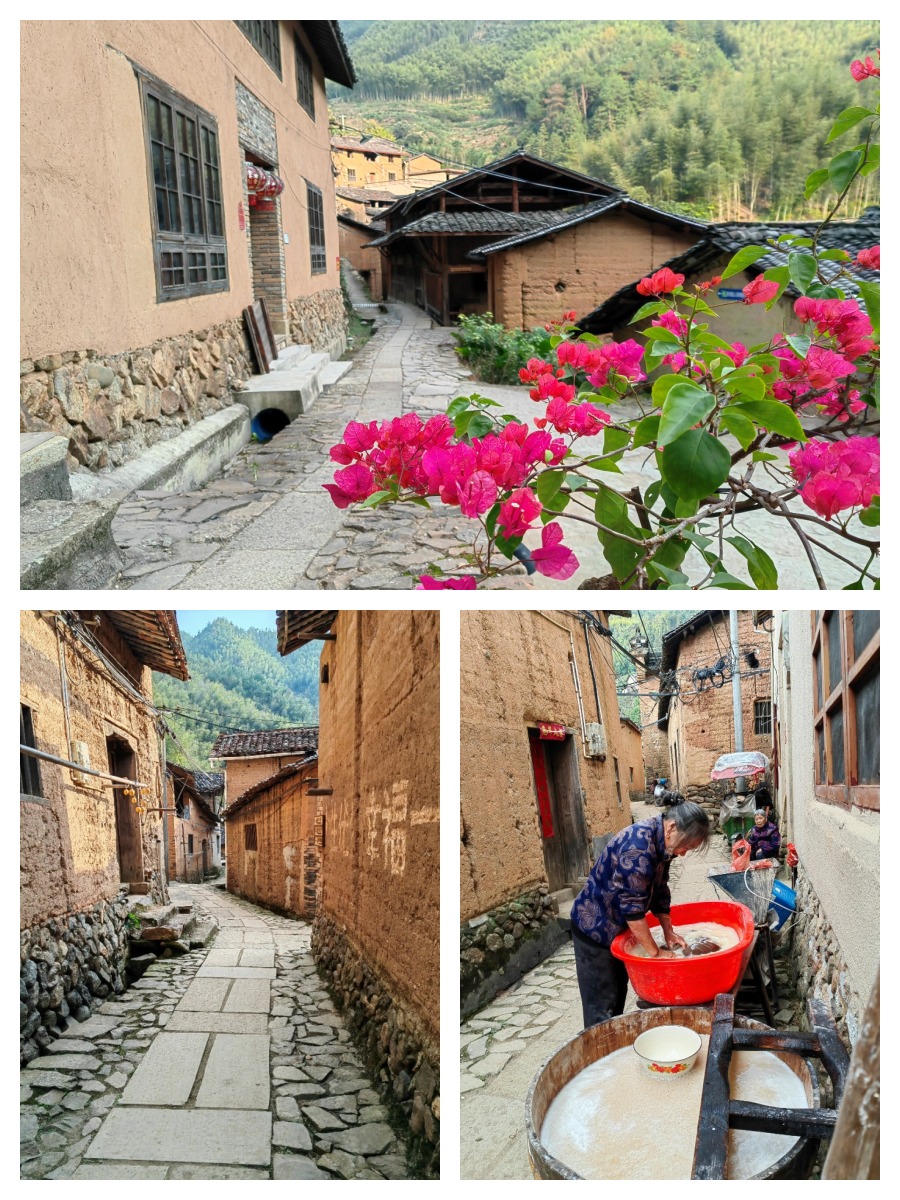
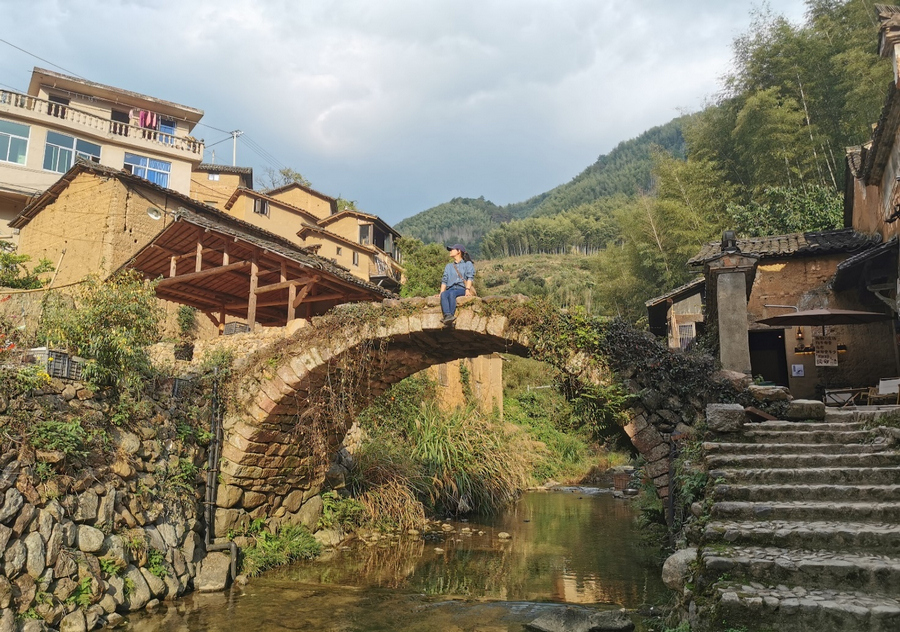
Yours Truly
Leena Li - Charmission Travel
